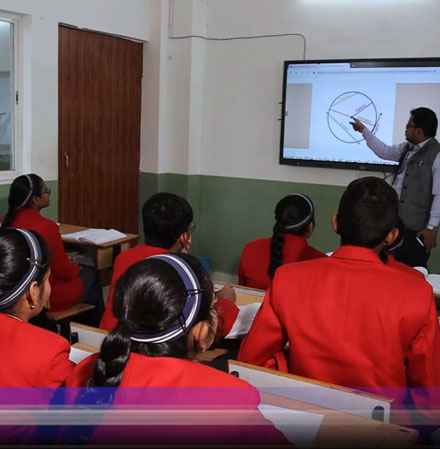


We acknowledge that Teacher-centered instruction is a thing of past. Our well-trained faculty members employ student-centred approach-FLIPPED CLASS ROOM
Cooperative and collaborative learning sparks engagement in classrooms by encouraging interaction among the students themselves. The teacher's role becomes that of a facilitator instead. This, in turn, leads to higher achievement. Our strategy is made taking inspiration from over 200 practical, easy-to-implement instructional strategies, or structures, that turn classrooms into lively scenes of both movement and stimulating discussion. Teachers are no more the teachers of the past, they are managers.
Children are given some time to spend with each other. Young children learn by observing and interacting with the older children. Older children gain a true understanding of concepts by teaching to their juniors. Each year, children become more independent, leading up to their 3rd year (Kindergarten) where they have the unique opportunity to be community leaders and role models. This mixing of all age groups allows for strong relationships to be built amongst teachers, parents, and children. It supports children's moral development as they learn and practise respecting others, develop sensitivity towards others needs, and build a community who love to learn.